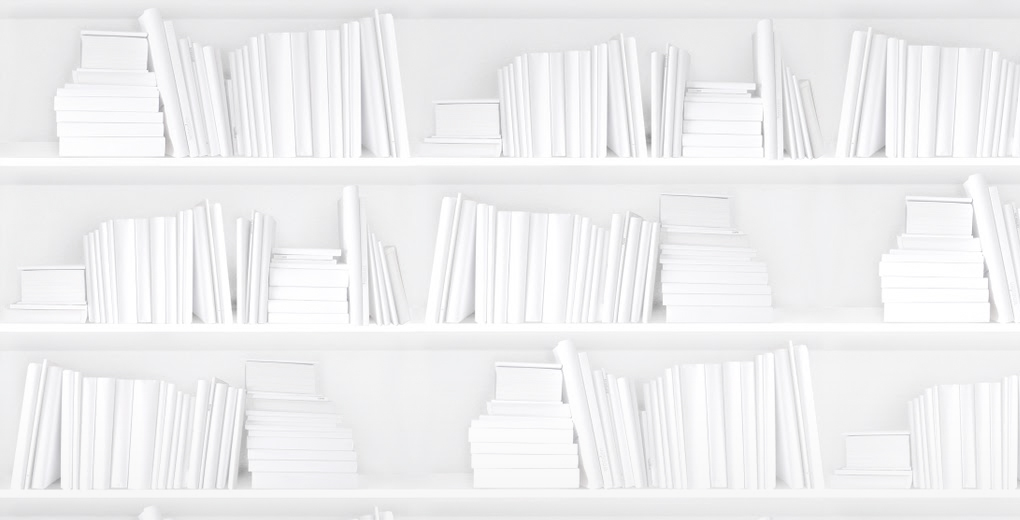Recently, EDItEUR fielded a query in the international ONIX implementation group — a mailing list that you really should follow for ONIX announcements and discussion — from an ONIX user asking how to support products containing batteries and electronic parts in their ONIX records, to adhere to the European Union’s Waste from Electrical and Electronic Equipment (WEEE) Directive. Graham Bell, Executive Director of EDItEUR, was able to nimbly direct the user to the various relevant composites and elements in ONIX to support the relevant disclosures.
Most or all of what’s required was introduced several years ago, so that publishers can declare the type of batteries that are included in a product (or required for use of a product). Check out the various codes in List 79 (codes 19 and 20), list 242 and elsewhere. There was documentation included on this topic when Issue 45 of the codelists was introduced.
Equivalent examples are included in the ONIX Implementation and Best Practice Guide, and in EDItEUR’s application note Product safety requirements in ONIX 3 (which also covers a range of other safety requirements as well).
Now, all this above really relates to safety, but as a side-effect, they confirm the presence of batteries and other electronics within a product that would make that product subject to the EU’s WEEE waste disposal regulations.
Now that you have the ONIX in-hand, let’s spend a moment to look at the EU’s WEEE Directive.
About the legislation
The European Union entered into force the first WEEE Directive in February 2003. The rules were created to “address environmental and other issues caused by the growing number of discarded electronics in the EU.”
The aim is to contribute to sustainable production and consumption by:
preventing the creation of WEEE as a priority;
contributing to the efficient use of resources and the retrieval of secondary raw materials through re-use, recycling, and other forms of recovery; and
improving the environmental performance of everyone involved in the life cycle of electrical and electronic equipment.
Future of the legislation
Recently, EU staff released its study of the current Directive and announced its findings, which you can read here. Their findings confirm that e-waste continues to be generated in the EU, in alignment with the increasing number of electronic goods sold in the Union. Accordingly, the study confirmed that the WEEE Directive is “relevant, coherent, proportionate, in line with the subsidiarity principle, and consistent with other EU initiatives.”
With the staff study complete, the EU will continue with its review, in context with the wider Circular Economy Act, which is expected in 2026. Exporters to the EU can read up on the Commission’s activities here.
What publishers and book industry participants need to know
In the acronym soup that international trade has become, publishing industry participants engaging in trade with EU importers will be familiar with EUDR, the EAA, and perhaps GPSR. Just as Canadian publishers have become quasi-experts in tariffs and monetary publishing in recent months, these pieces of EU legislation offer an opportunity for publishers to familiarize themselves with non-monetary tariffs.
The EU’s WEEE Directive is well-established, being in force since 2003 and will be a key component of the forthcoming Circular Economy Act. Accordingly, its instructions should be heeded and publishers should inform their trading partners about the electronic components and the information about the battery/batteries contained in their products. If you’re producing, for example, children’s books with buttons and sounds (for example, a book coded with product form detail code B208 to indicate a “sound story / ‘noisy’ book”), you're considered a producer of e-waste and have obligations in the EU relating to the collection, treatment, recycling, and environmentally sound disposal of these products at the end of their life.
Producers of e-waste are required to:
Cover the costs associated with collecting, treating, recycling, and disposing of their produced WEEE.
This may be accomplished by producers either recovering WEEE themselves or joining compliance programs that collectively manage e-waste for a number of producers.
Provide information to e-waste treatment and/or recycling facilities, in user manuals, online, or in other electronic forms on how to reuse and recycle the affected product.
This includes identifying hazardous materials, such as batteries (in our example of the sound story / ‘noisy’ book above, the publisher could use code(s) from list 242 to describe the battery type and safety characteristics.
These guidelines are further defined by the Ecodesign for Sustainable Products Legislation (ESPR).
Adhere to the specific implementation guidelines in force in the various EU member states where their products are sold.
Final words
Short of developing an in-house compliance department, non-EU publishers can look to their existing supports to meet these requirements, such as their EU sales agent(s) and distributor(s), who are active on-the-ground in the EU marketplace, as well as expert advice from organizations such as Livres Canada Books. Trading in the EU offers opportunities, and with great opportunity comes great responsibility.
This post was inspired by a post in the international ONIX implementation group — a mailing list that you really should follow for ONIX announcements and discussion. Want to stay on top of ONIX implementation issues in a global discussion led by EDItEUR? Join the group here.














The latest news out of the European Commission.